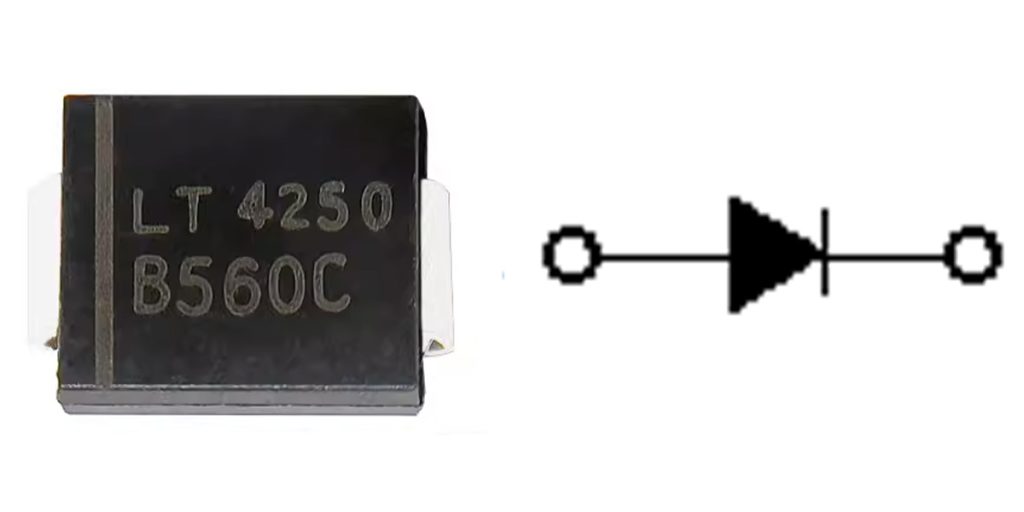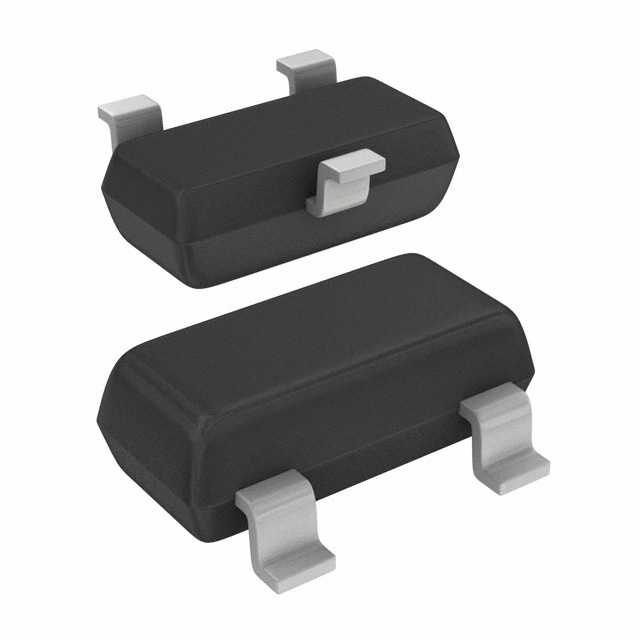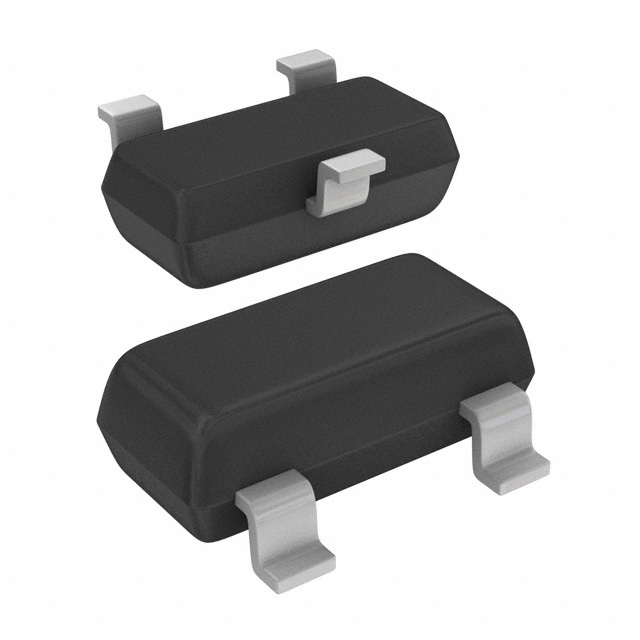B560C Diode Datasheet | SMC
- Brands: Diodes Incorporated
- Download: -
- Price: inquiry
- In Stock: 15373
- Voltage - DC Reverse (Vr) (Max): 60 V
- Current - Average Rectified (Io): 5A
- Speed: Fast Recovery =< 500ns, > 200mA (Io)
- Package: DO-214AB, SMC

FREE delivery for orders over HK$250.00

Quick response, quick quotaton

Flash shipment,no worries after sales

Original channel,guarantee of the authentic products
LEDGO Portable LED Light B560C
B560c
If you’re planning to use a B560C Schottky diode in your project, here’s what you should know. It’s a Schottky barrier diode that typically comes in SMC or SMB surface-mount packages, making it easy to integrate into your design.
It can handle a max reverse voltage of 60V and a forward current up to 5A, so it’s great for power circuits. One of the best things about this diode is the low forward voltage drop—around 0.55V at 5A—which means your circuit wastes less power and runs more efficiently.
Plus, the B560C diode has very fast switching capabilities, perfect for high-frequency rectification and DC-DC converters. It also features a low leakage current, further boosting your system’s overall efficiency.
Just keep an eye on heat dissipation and make sure your reverse voltage stays within specs. If you do this, the diode will perform reliably over its wide operating temperature range from -55°C to +125°C.
B560c Pinout and Polarity

| Pin Number | Pin Name | Description |
|---|---|---|
| 1 | Cathode | Typically marked with a colored band; connected to the load or positive side of the power supply. |
| 2 | Anode | The end without the colored band; usually connected to the negative side of the circuit or ground line. |
When you’re setting up the B560C Schottky diode, here’s what you need to pay attention to. First off, always double-check the polarity. On the diode body, you’ll see a stripe marking—that’s your cathode (negative side). The unmarked side is your anode (positive side). If you accidentally connect these backwards, your circuit might not work—or worse, you could damage the diode itself.
Another thing: keep your currents below 5A and don’t let the reverse voltage go beyond 60V, or else your diode could fail. And since diodes generate heat when they’re working, make sure you have a good plan for cooling, like proper PCB layout or adding heat sinks.
Before soldering, always confirm your PCB pads match the diode’s anode and cathode orientation to prevent costly mistakes.
These diodes are perfect for circuits like power rectification, flyback diodes, voltage clamping, and DC-DC converters—any place where efficient, reliable high-speed switching matters.
B560c Equivalent Smd Diode
| Parameter | B560C | SS56 | SK56 | MBRS560T3G | SB560 |
|---|---|---|---|---|---|
| Package Type | SMC | SMC | SMC | SMC | SMC |
| Max Reverse Voltage (VRRM) | 60V | 60V | 60V | 60V | 60V |
| Forward Current (IF) | 5A | 5A | 5A | 5A | 5A |
| Forward Voltage Drop (VF @5A) | 0.55V | 0.70V | 0.60V | 0.70V | 0.55V |
| Leakage Current (Typical) | 0.5mA | 0.5mA | 0.5mA | 0.5mA | 0.5mA |
| Operating Temperature Range | -55~125°C | -55~125°C | -55~125°C | -55~125°C | -55~125°C |
| Recovery Speed | Fast | Fast | Fast | Fast | Fast |
When you’re swapping out the B560C diode with a different model, there are a few things you’ll definitely want to double-check. First off, make sure the replacement diode can handle the same or better current rating, reverse voltage, and forward voltage drop. If these specs aren’t matched, you risk messing up your circuit’s performance or even damaging components.
Also, don’t overlook the heat management. The new diode should have equal or better heat dissipation to keep things running cool. Pay close attention to the SMD package, ensuring the replacement matches your PCB’s solder pads perfectly, so you don’t run into soldering headaches later.
Lastly, quality can vary between brands, so it’s wise to test a small batch of new diodes first. That way, you can confirm they’re stable and reliable before committing to a larger order. Taking these steps will save you from trouble down the road.
B560c Rectifier Application Circuit

Let me quickly walk you through how this circuit works. First, the AC voltage from your power source passes through a transformer, stepping it down to a safer level. Next, this lower AC voltage goes into a diode bridge rectifier, which converts it to DC.
Here’s how it happens: during the positive half-cycle, two diodes in the bridge let current flow forward through your load. When the cycle flips negative, the other two diodes kick in, keeping current moving in the same direction. This means your load always sees current flowing one way, giving you stable DC output.
Now, if you’re using the B560C Schottky diode here, you’ve made a smart choice. It’s super efficient because of its fast switching and low voltage drop (just around 0.55V). But make sure the diode can handle your voltage (up to 60V) and current (up to 5A). Also, plan your cooling carefully—good heat management keeps your diode reliable and ensures your circuit stays trouble-free.
B560c in Buck Converter
If you’re using the B560C diode in a buck converter, it’s typically serving as a flyback (or freewheeling) diode. Here’s why that’s helpful: when your main switch (like a MOSFET) turns off, the diode quickly kicks in, giving the current from your inductor a safe path to flow. This prevents sudden voltage spikes that could damage your MOSFET and keeps your output stable.
The B560C is a great choice because it has a low forward voltage drop (around 0.55V), meaning you’ll lose less power and boost your efficiency. It’s also extremely fast, ideal for high-frequency switching circuits, and it comfortably handles currents up to 5A.
For best results, connect its cathode to the node between your MOSFET and inductor (the switching node), and its anode directly to ground. Keep your operating voltage safely below its 60V rating—ideally no more than about 48V—and ensure good cooling, as it’ll generate some heat.
If efficiency is your top priority, you might consider synchronous rectification, but the B560C offers a reliable, cost-effective solution for most designs.






SOT223-1.jpg)









.jpg)

,TO-226_bentlead.jpg)


